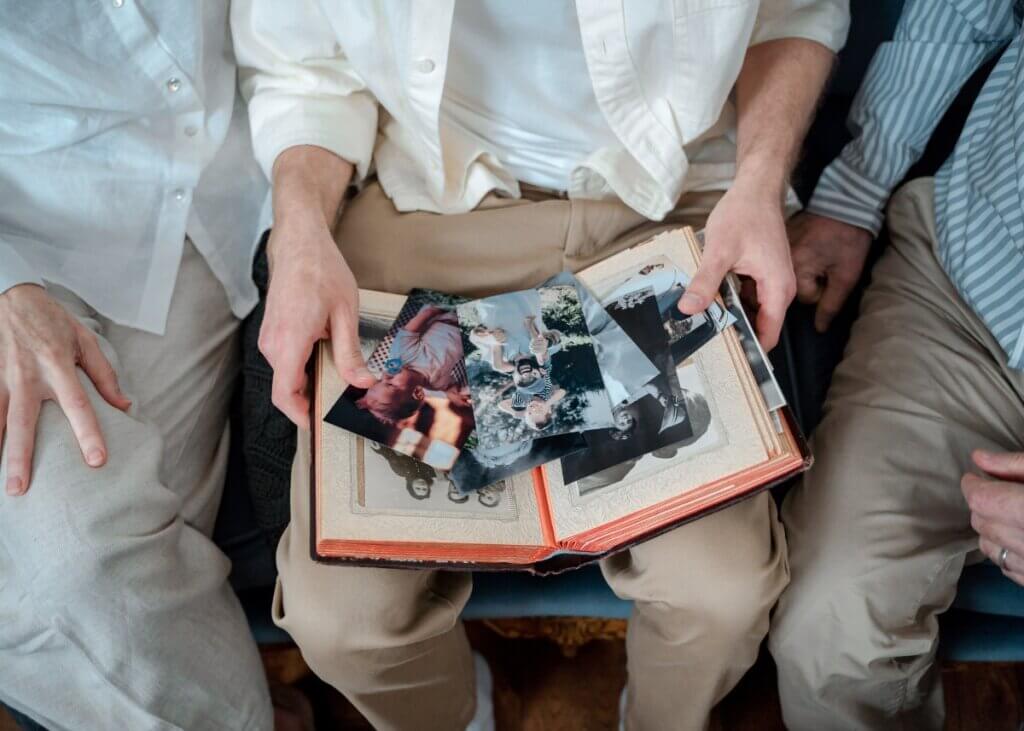
From Heirlooms to iCloud: Making Sure Your Personal Legacy Is Protected
When most people think about their legacy, they picture the big things: homes, investments, retirement accounts. But our lives are made up of more than assets on a balance sheet. Your true legacy includes the memories, stories, and personal items that carry your history forward—from your grandmother’s wedding ring to the photos on your iPhone.
In today’s world, protecting your personal legacy means thinking beyond the family heirloom chest in the attic. It also means protecting the digital “attic” you carry in your pocket, your cloud accounts, and the social media that tells the story of your life.
Here’s how to make sure your personal legacy—both tangible and digital—is secure and meaningful for generations to come.
1. Start with the Stories Behind the Stuff
A family heirloom isn’t just a ring—it’s a love story. A faded photo isn’t just an image—it’s a snapshot of a life lived.
Unfortunately, too often these stories are lost because no one wrote them down or shared them in time.
What you can do now:
- Take time to catalog your meaningful items and the stories behind them.
- Record short voice memos, write notes, or make a simple video explaining what each item means and why it matters.
- Include these stories with your estate planning documents so your loved ones have both the object and its meaning.
2. Don’t Forget Your Digital Life
If your life is partly online, your legacy is, too. Think about:
- Photo storage: iCloud, Google Photos, or external hard drives
- Social media accounts: Facebook, Instagram, LinkedIn
- Email and subscription accounts: From Gmail to Netflix
- Documents and files: Dropbox, OneDrive, or Google Drive
Without planning, your loved ones may not have access—or may struggle with complicated policies to retrieve your digital history.
What you can do now:
- Make a digital asset inventory of accounts and passwords (use a password manager for security).
- Review platforms’ legacy or inactive account settings—many services allow you to designate someone who can access your account if you pass away.
- Add your digital instructions to your estate plan. This ensures your executor or trustee can access and distribute your digital assets without legal headaches.
3. Clarify Who Gets What—and How
Even small items can create big disagreements if they’re not addressed. That recipe box, fishing rod, or family quilt may hold immense emotional weight for someone you love.
What you can do now:
- Create a personal property memorandum that clearly states who gets specific items.
- If your trust or will allows for it, attach that list as an official part of your estate plan.
- Be intentional about sharing why you made these decisions to avoid misunderstandings later.
4. Think About Legacy Beyond Possessions
Your personal legacy isn’t just the things you leave behind; it’s the values, memories, and experiences that carry forward. Consider ways to make your legacy feel alive:
- Write letters to your children or grandchildren.
- Record video or audio messages sharing life lessons, hopes, and family history.
- Create a family archive—a physical or digital “time capsule” that captures your voice, stories, and photos in one place.
5. Work with an Estate Planning Professional
Making sure your personal legacy is protected doesn’t just happen—it’s planned. An estate planning attorney can help you:
- Incorporate personal and digital legacies into your trust or will
- Ensure your executor or trustee has the legal authority to access digital accounts
- Avoid conflict by documenting your wishes clearly
Because the truth is, your legacy is too important to leave to chance—or to a password no one knows.
Final Thought:
Your heirlooms and iCloud files tell the story of your life. Protecting your personal legacy is a gift to your family: it ensures they inherit not just your assets, but your memories, history, and love. With a little planning, you can make sure your story lives on—online and off—for generations to come.
